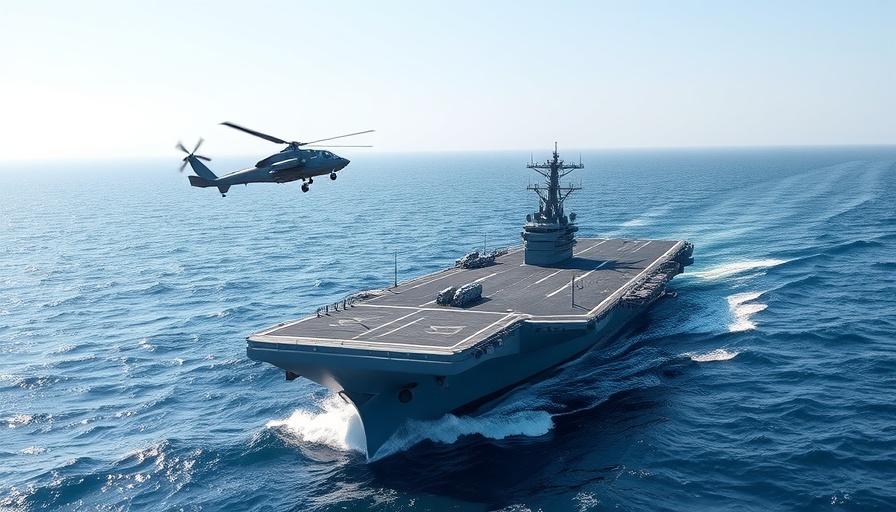
Iran's Retaliation: Assessing the Possible Targets of Tehran
In a significant escalation of tensions, Iran launched missiles targeting the U.S. Al Udeid Air Base in Qatar following a series of U.S. strikes on its nuclear facilities. The action mirrors a broader pattern of aggressive posturing by Iran, which promises tit-for-tat retaliation in a volatile geopolitical landscape.
As tensions mount, experts are analyzing Tehran's potential targets for retaliation. With U.S. military assets prominently positioned across the Middle East, they could be prime candidates for Iranian strikes. Military analyst Burcu Ozcelik from the UK's Royal United Services Institute indicates that American bases in the Gulf region, notably Al Udeid, are more vulnerable than other targets due to their proximity.
The U.S. Military Presence: Key Assets in the Region
The U.S. maintains a robust military presence with eight permanent bases spanning nations including Qatar, Bahrain, Saudi Arabia, and Iraq, totaling about 40,000 to 50,000 service members. The strategic deployment includes vital naval forces and the USS Carl Vinson aircraft carrier strike group, which could become targets of Iranian missile or naval attacks. Iranian military strategy often involves asymmetric warfare tactics that exploit vulnerabilities to create maximum impact.
Strategic Chokepoints: The Strait of Hormuz
Another focal point is the Strait of Hormuz, which handles a staggering 20% of the world’s oil supply. Iran's ability to threaten this crucial maritime route poses significant risks not only to U.S. interests but also to global energy security. In the past, Tehran has demonstrated the willingness to disrupt oil flows, employing speedboats and missile strikes to assert its influence in the region.
Asymmetric Warfare: Cyber and Terror Attacks
Beyond conventional military targets, Iran is also likely to conduct asymmetric warfare, including cyberattacks and terrorism. These tactics could be aimed at U.S. interests worldwide, utilizing proxy groups such as Hezbollah or various Shia militias facilitated by Iran's regional presence. For example, Iraq's porous border with Iran offers opportunities for factions to act independently against U.S. forces, and attacks against U.S. embassies have escalated tension in the past.
Potential Escalations: Proxies and Local Militias
Iraq particularly stands out as a battleground where Iran-linked groups are poised to engage in attacks against American installations. Not only are they equipped with arms and resources, but they also operate with a degree of autonomy that complicates U.S. responses. This aspect of Iranian strategy is crucial in understanding how the situation may unfold, highlighting the risks for American troops stationed in the region.
Global Repercussions of a Military Conflict
Should hostilities escalate, the implications could reverberate globally. Markets could destabilize, oil prices might soar, and there could be substantial upheavals in international relations. Different stakeholders - from European allies to global energy consumers - will keep a close eye on potential military engagements, ultimately affecting international trade and diplomacy.
A Look Ahead: Strategic Implications and Predictions
As experts analyze Iran's military options, the upcoming period will be critical for both regional and international stakeholders. With a multitude of targets within reach, understanding Iran’s operational capabilities can inform response strategies for the U.S. and ally forces while providing insight into the possible next steps of Tehran’s military agenda.
As we monitor these extraordinary developments, the evolving nature of conflicts in the Middle East reinforces the need for clear communication and established protocols among involved parties to mitigate misunderstandings that could lead to war.
 Add Element
Add Element  Add Row
Add Row 



Write A Comment